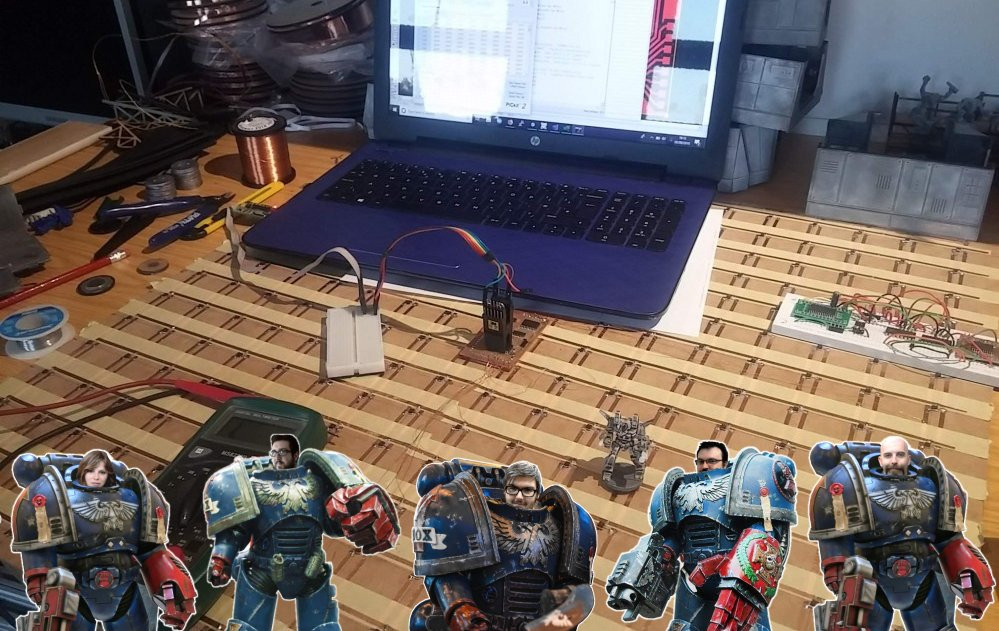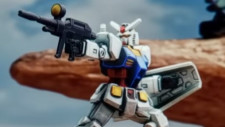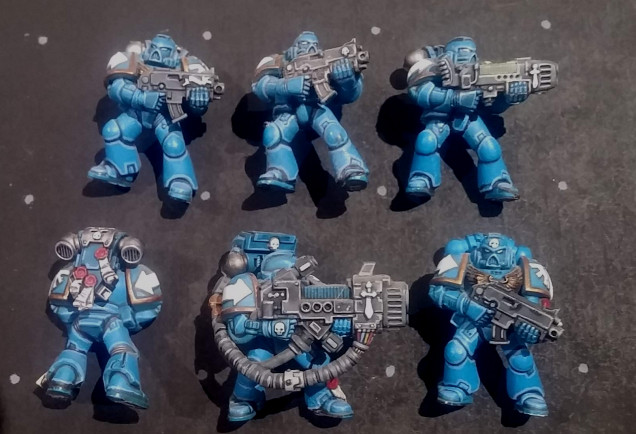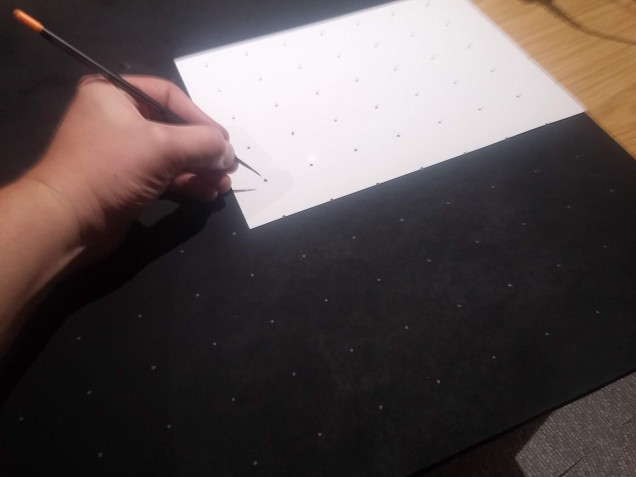
Interactive tabletop playing surface (Space Hulk Hobby Challenge)
Feeling the pressure as deadline looms....
It was always going to be a close call – and it’s looking likely that we’re not going to be 100% complete by the end of the week – but there’s a chance we’ll at least have something functional (and able to demonstrate with a cool video, that I’ve been promising for weeks now…)
Anyway, coding is (thankfully) nearing an end, and it’s been really exciting to see miniatures moving about on the tabletop, interacting with the digital avatars, onscreen. It’s still a bit clunky, so not quite ready to post a video yet (I really do hope it’s going to be worth the wait – I’ve give it quite a build up over the last week or so!)
But, of course, it’s not all about writing code.
This was a hobby challenge – and that means painting miniatures. I’ve had some “regular” space marines hanging around in the loft for a few years and, while everyone gets all excited about the new Primaris Marines (me included) I thought I’d take the chance to finish off some guys that have been on the back boiler for a while
It was my first real attempt at edge highlighting and putting a little more effort in than just blobbing two or three different colours on; I started with a really bright blue base coat, whacked on some white then slathered the whole lot with Army Painter Strong Tone.
Then I re-painted over most of the large panels, before hitting the edges with a nice bright blue to make them “pop”; sure, they’re not quite as grimdark as “real” marines, and look more like they’ve fallen out of the pages of a comic book, but they’re do for me….
One day I hope to spend a little more time learning how to paint dingy, realistic looking models. But to get finished in time for the end of this week, bright, clean, cartoon lines are going to have to suffice!
On a completely unrelated note, while testing out my miniatures on the electronic/interactive playing surface, I had a few problems placing the minis in exactly the right place, to trigger the sensor(s).
It’s important that there are “dead spots” on the board – areas where the magnets don’t trigger a sensor – so that as you move the piece across the tabletop, there are definite “no piece present” events; if the sensors were too close together (or the magnets too strong) it’s possible that one sensor might trigger before the previous one had “released”.
As a result, I figured it wouldn’t hurt to paint a simple grid onto the surface of the board.
A simple laser cut template and some grey acrylic did just the job. I don’t care what Warhammer Duncan says, there was no way I was going to thin my paints and paint this with “two thin coats”. Dab, dab, blob blob, and we’re done.













































































Good job on it all. The minis came out fine for what was a board game and on par with anything you’d field as part of a larger force. Bravo for doing what many of us have trouble in doing with getting back to old minis when there are so many new “shinies”. Hopefully the build pans out with the magnets.